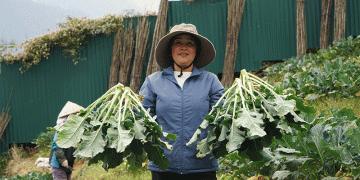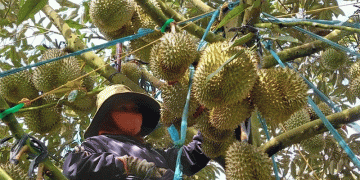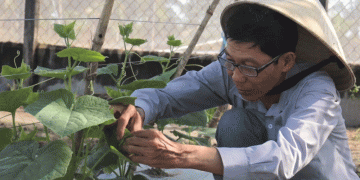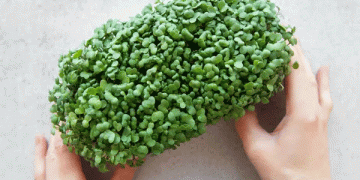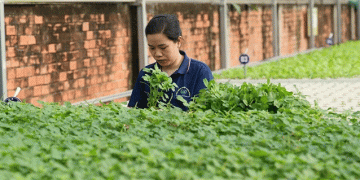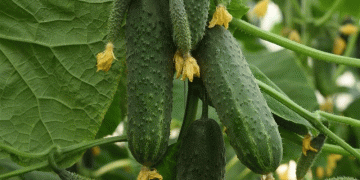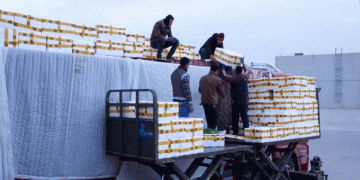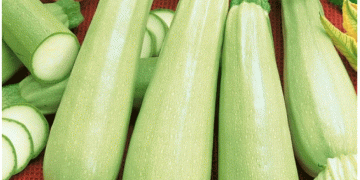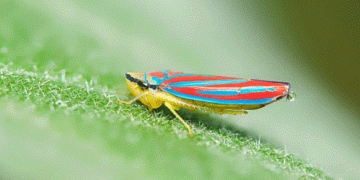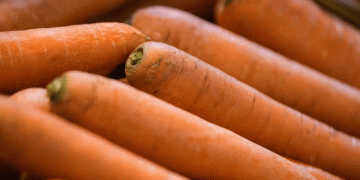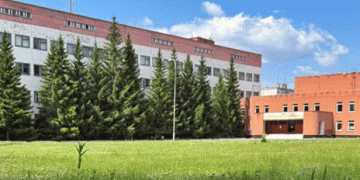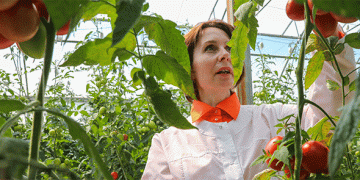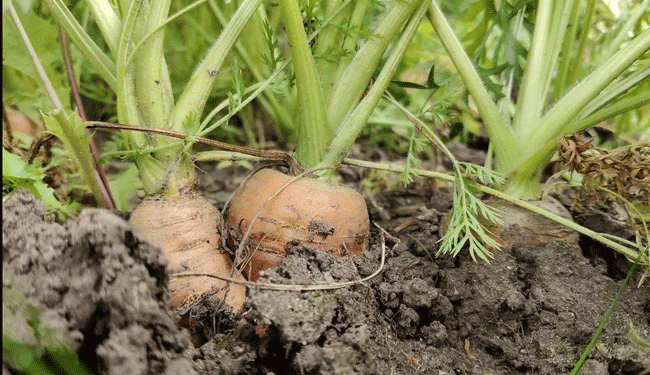As August arrives and carrot harvest approaches, many growers are discovering a frustrating phenomenon: cracked and fractured roots that diminish both yield quality and market value. According to agronomists from the Rosselkhozcenter in the Tyumen region, this common issue stems from multiple interrelated factors including improper irrigation, nutrient deficiencies, and pest pressures. Understanding these underlying causes is essential for implementing effective prevention strategies that preserve crop integrity and maximize economic return.
The Irrigation Paradox: How Water Management Impacts Root Integrity
The relationship between water and carrot cracking represents a critical balance. Excessive irrigation or prolonged rainfall leads to oversaturation, triggering rapid growth of internal cell tissue that creates pressure the outer skin cannot withstand. Research from the Journal of Plant Nutrition (2024) confirms that fluctuating soil moisture levels increase cracking incidence by up to 60%. Instead of infrequent heavy watering, agronomists recommend frequent, lighter irrigation that maintains consistent soil moisture without waterlogging. Data from field trials conducted by the International Carrot Association show that implementing drip irrigation with soil moisture sensors can reduce cracking by 45% compared to traditional overhead watering methods.
Nutrient Deficiencies: The Hidden Contributors to Structural Weakness
Beyond water management, nutrient imbalances play a significant role in carrot integrity. Specifically, deficiencies in boron and calcium compromise cell wall strength, making roots more susceptible to internal pressure and cracking. A 2025 study published in HortScience demonstrated that calcium-fortified fertilization programs increased cell wall thickness by 22% and reduced cracking incidence by 38%. Boron, essential for calcium utilization and cell wall formation, shows similar protective effects when applied at optimal rates of 1.5-2.0 kg/ha during root development stages.
Biological Threats: Pests and Diseases That Compromise Root Health
Carrot fly larvae (Psila rosae) and Fusarium wilt represent additional threats to root integrity. Larvae tunnel into roots, creating entry points for secondary infections and weakening structural integrity, while Fusarium disrupts water transport systems, leading to dehydration and increased susceptibility to cracking. Recent research from the European Journal of Plant Pathology (2024) indicates that integrated pest management strategies combining biological controls with targeted insecticide applications can reduce carrot fly damage by up to 70%. Additionally, removing Apiaceae family weeds that harbor pests and implementing crop rotation practices significantly decreases infestation rates.
Harvest Timing and Technique: Final Steps to Preserve Quality
Even with perfect growing conditions, improper harvest timing and methods can undermine crop quality. Overmature carrots develop thinner skins and less elastic flesh, increasing their susceptibility to damage during harvest. Data collected from commercial operations indicates that harvesting within the optimal window (typically 90-110 days after planting, depending on variety) reduces breakage by 30%. When harvesting after heavy rains, gentle extraction techniques are essential—research shows that using undercutter blades and padded collection surfaces can minimize mechanical damage by up to 50%.
Preventing carrot cracking requires a holistic approach that addresses irrigation management, nutrient balance, pest control, and harvest practices. By implementing consistent moisture management through precision irrigation, ensuring adequate boron and calcium availability, controlling pests and diseases through integrated strategies, and harvesting at the optimal maturity stage with careful techniques, growers can significantly reduce cracking and improve marketable yield. The economic impact is substantial: reducing cracking from 20% to 5% in a 100-acre carrot operation can preserve approximately $15,000 in value based on current market prices. As harvest approaches, these evidence-based practices offer practical solutions for protecting crop quality and profitability.















